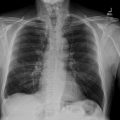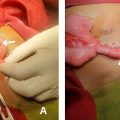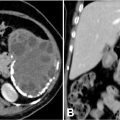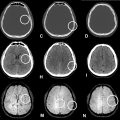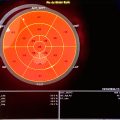Abstract
Sweet syndrome is a rare neutrophilic dermatosis that can mimic infectious cellulitis. In this case, a 34-year-old woman presented to the emergency department with fever, leukocytosis, and painful erythematous right thigh plaque. She was initially started on broad-spectrum antibiotics for presumed cellulitis, but worsening systemic symptoms (including hypotension) and right thigh MR findings of myofasciitis raised concern for necrotizing soft tissue infection with systemic inflammatory response syndrome. Right thigh fasciotomy was performed, but all tissue sampling and cultures remained negative for infection. Subsequent CT and ultrasound of the right thigh revealed early myonecrosis in the setting of inflammatory myofasciitis. Skin biopsy showed papillary dermal edema and extensive interstitial neutrophilia with leukocytoclasia without microbial pathogens, consistent with a diagnosis of giant cellulitis-like Sweet syndrome. Treatment with high dose intravenous corticosteroids produced rapid clinical improvement. This case describes a rare presentation of Sweet syndrome with muscle involvement, outlines diagnostic features in the multimodality imaging of neutrophilic myofasciitis, and underscores the importance of considering Sweet syndrome in soft tissue inflammation that is unresponsive to antimicrobial therapy.
Introduction
Sweet syndrome is a neutrophilic dermatosis that typically presents with acute onset of erythematous, tender skin plaques and fever. Giant cellulitis-like Sweet syndrome is a rare and only recently recognized variant of this condition, with only several isolated cases reported in the literature. It is associated with much larger edematous lesions sometimes with overlying pseudo-vesicles, mimicking bullous cellulitis, contact dermatitis, and even herpetic infections [ ]. Potential clinical triggers of giant cellulitis-like Sweet syndrome include morbid obesity, underlying malignancy, preceding bacteremia, and autoimmune disease [ ].
Muscle involvement in Sweet syndrome (as seen in this case) is uncommon, with one case series reporting that only 10% of a cohort of 136 patients experienced myalgia [ ]. Arthritis and arthralgias were seen in 33% of patients in the same study with the knees and wrists being the most frequently involved joints [ ]. Arthritis in Sweet syndrome is usually asymmetric and migratory and involves more than 1 joint [ ]. One case report reported sudden onset of myalgia in the upper arms, thighs and calves, followed by arthralgia in the patient’s shoulders, knees, and ankles with swelling of the wrists and ankles [ ]. This case represents an unusual presentation of biopsy-proven giant cellulitis-like Sweet syndrome associated with both neutrophilic myofasciitis and systemic inflammatory response syndrome, likely triggered by preceding group A streptococcal infection.
Case report
A 34-year-old woman with history of uterine leiomyoma presented to the emergency department with 4 days of fever, myalgia, and exquisite right thigh pain. She developed hypotension and altered mental status and was found to have neutrophilia, rising creatine kinase level, and elevated erythrocyte sedimentation rate, C-reactive protein, and lactate. Contrast-enhanced MRI of the right thigh at the time of presentation ( Fig. 1 ) revealed small volume perifascial fluid and extensive reticular muscle edema involving the vastus lateralis and vastus intermedius centered along the fascial plane between these 2 muscles with complete sparing of the rectus femoris, suspicious for nonspecific myofasciitis. There was a small focal area of nonenhancing intramuscular T2 hyperintensity along the fascial plane between the vastus lateralis and vastus intermedius with mild peripheral reticular enhancement, suspicious for early/mild myonecrosis. Additionally, there was milder diffuse T2 hyperintense muscle edema involving the biceps femoris and semitendinosis with sparing of the semimembranosus. More distally, the MRI demonstrated nonspecific small right knee joint effusion and mild asymmetric synovial hyperenhancement with preferential lateral involvement, relatively sparing the more medial knee synovium along the vastus medialis ( Fig. 1 E).
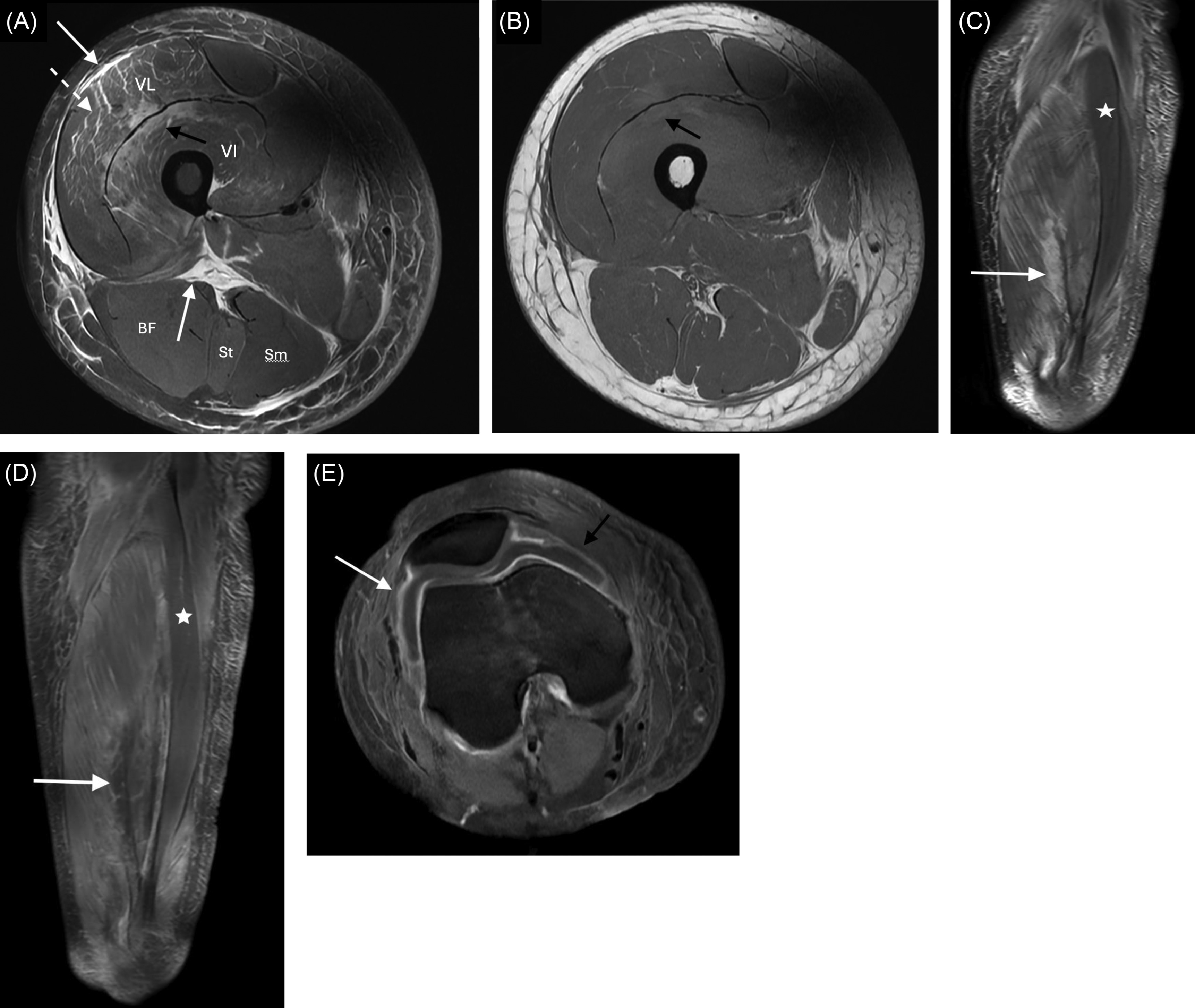
The initial differential diagnosis included both infectious and noninfectious etiologies of myofasciitis, including early pyomyositis, necrotizing fasciitis, and toxic shock syndrome. Blood cultures were drawn, IV fluids, vasopressors, and broad-spectrum antibiotics were started, and the patient was admitted to the ICU for presumed septic shock. Despite initial hemodynamic stabilization, she developed increasing erythema and edema of her right lower extremity ( Figs. 2 A–C], raising concern for necrotizing infection and superimposed compartment syndrome. Two fasciotomies were performed on hospital day 4. However, there was no visible evidence of necrotizing soft tissue infection upon fasciotomy and tissue cultures were negative.
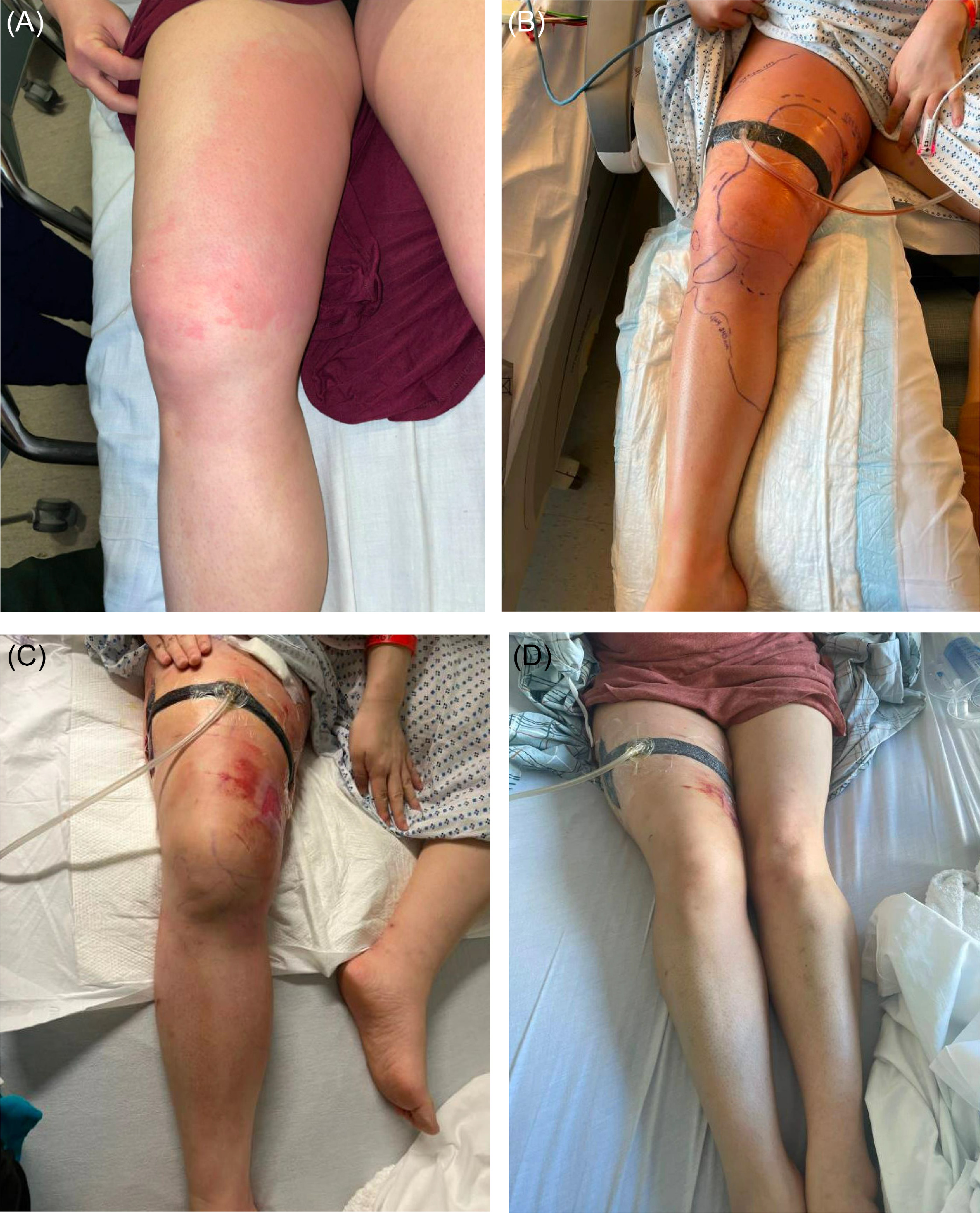
Due to increasing soft tissue swelling in the right thigh, a contrast-enhanced CT of the right thigh was obtained on hospital day 7 to evaluate for developing abscess. The CT demonstrated geographic intramuscular fluid-attenuation along the fascial plane between the vastus lateralis and vastus intermedius with discontinuous peripheral enhancement ( Fig. 3 A–B). The CT findings were suspicious for evolving early myonecrosis but superimposed developing abscess could not be excluded on CT, and the patient underwent ultrasound for possible fluid sampling and drain placement. The ultrasound confirmed that the developing intramuscular fluid attenuation on CT reflected evolving myonecrosis without evidence of superimposed abscess/fluid collection ( Fig. 3 C). Ultrasound-guided aspiration of knee joint fluid at this time yielded serous fluid with sparse white blood cells, negative Gram stain, and negative cultures, ruling out septic arthritis.
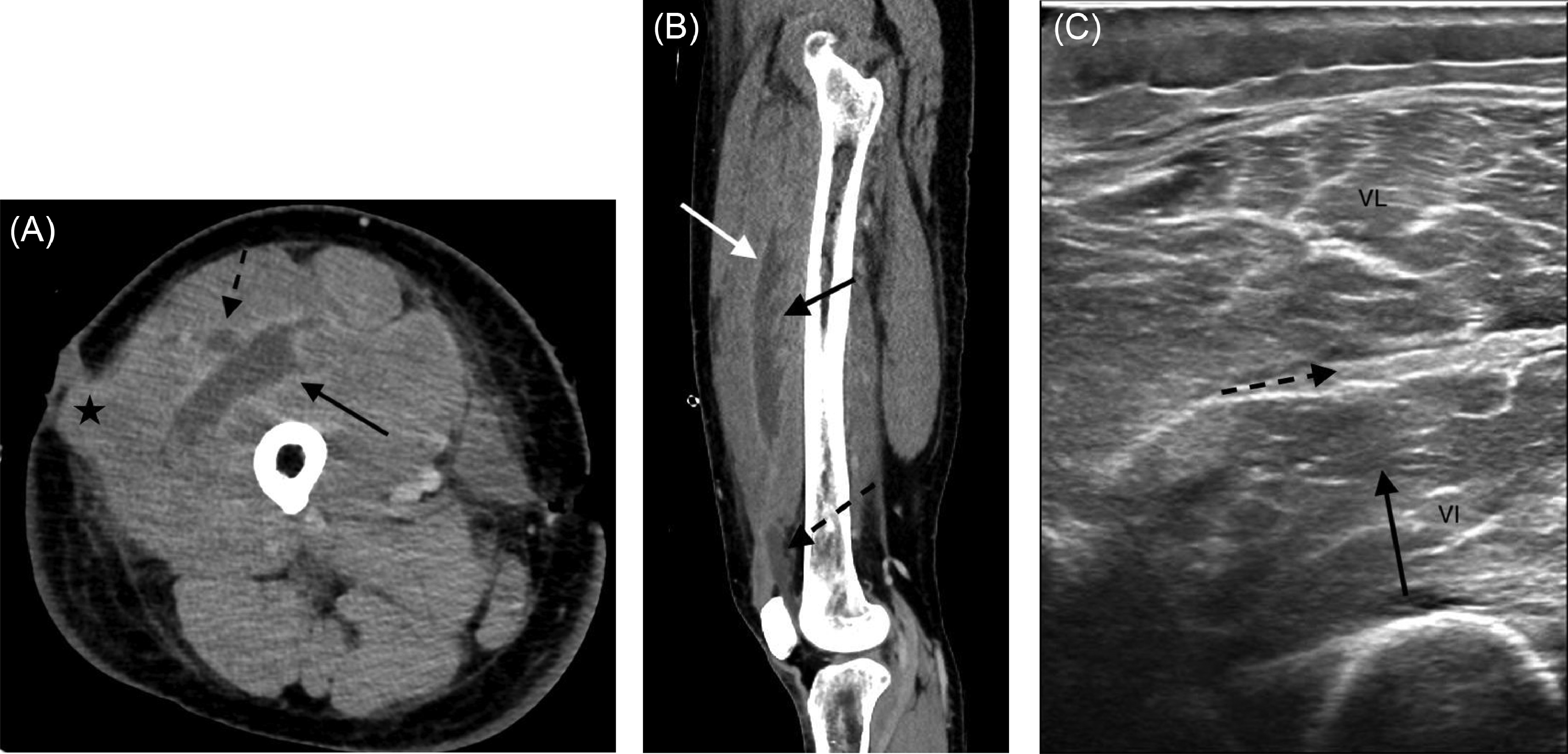

Stay updated, free articles. Join our Telegram channel

Full access? Get Clinical Tree



